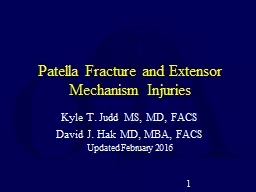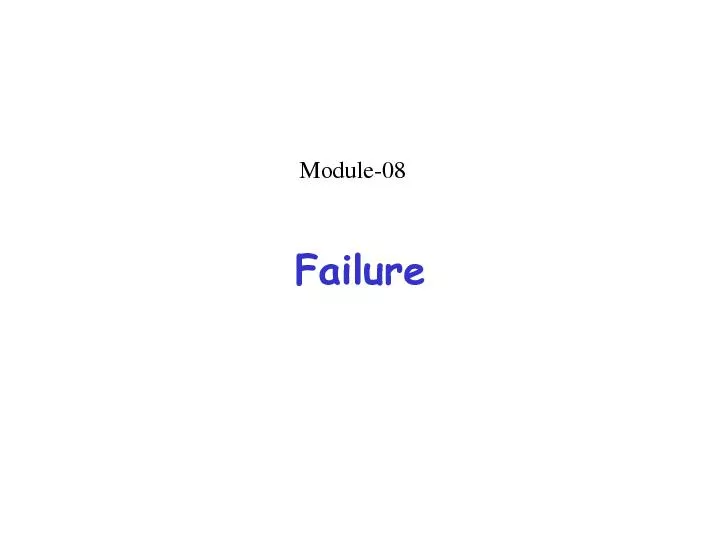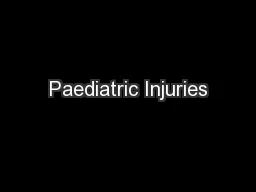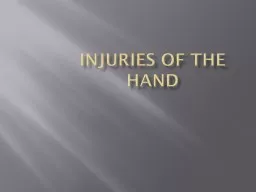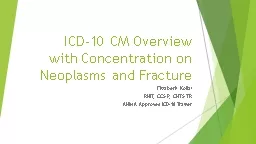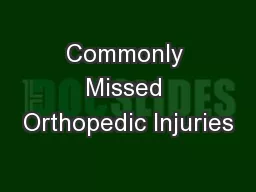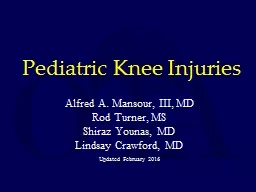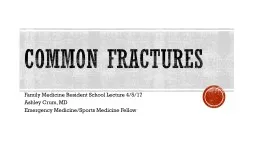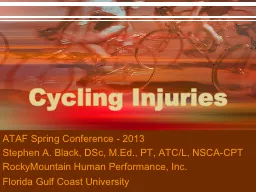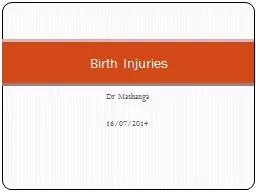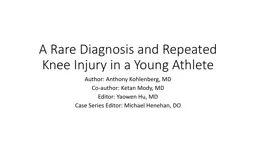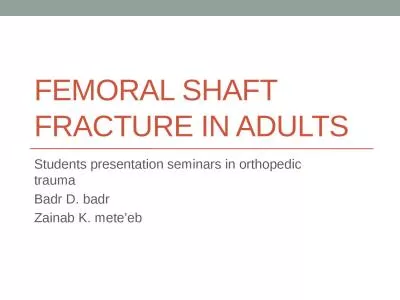PPT-Patella Fracture and Extensor Mechanism Injuries
Author : test | Published Date : 2018-02-18
Kyle T Judd MS MD FACS David J Hak MD MBA FACS Updated February 2016 1 Anatomy Patella Largest sesamoid bone Triangular shape apex distal Distal pole patellar
Presentation Embed Code
Download Presentation
Download Presentation The PPT/PDF document "Patella Fracture and Extensor Mechanism ..." is the property of its rightful owner. Permission is granted to download and print the materials on this website for personal, non-commercial use only, and to display it on your personal computer provided you do not modify the materials and that you retain all copyright notices contained in the materials. By downloading content from our website, you accept the terms of this agreement.
Patella Fracture and Extensor Mechanism Injuries: Transcript
Download Rules Of Document
"Patella Fracture and Extensor Mechanism Injuries"The content belongs to its owner. You may download and print it for personal use, without modification, and keep all copyright notices. By downloading, you agree to these terms.
Related Documents

